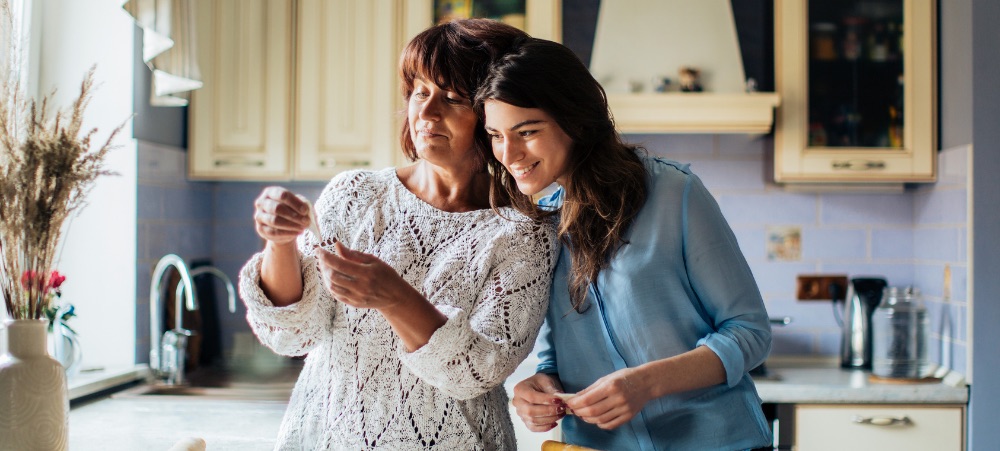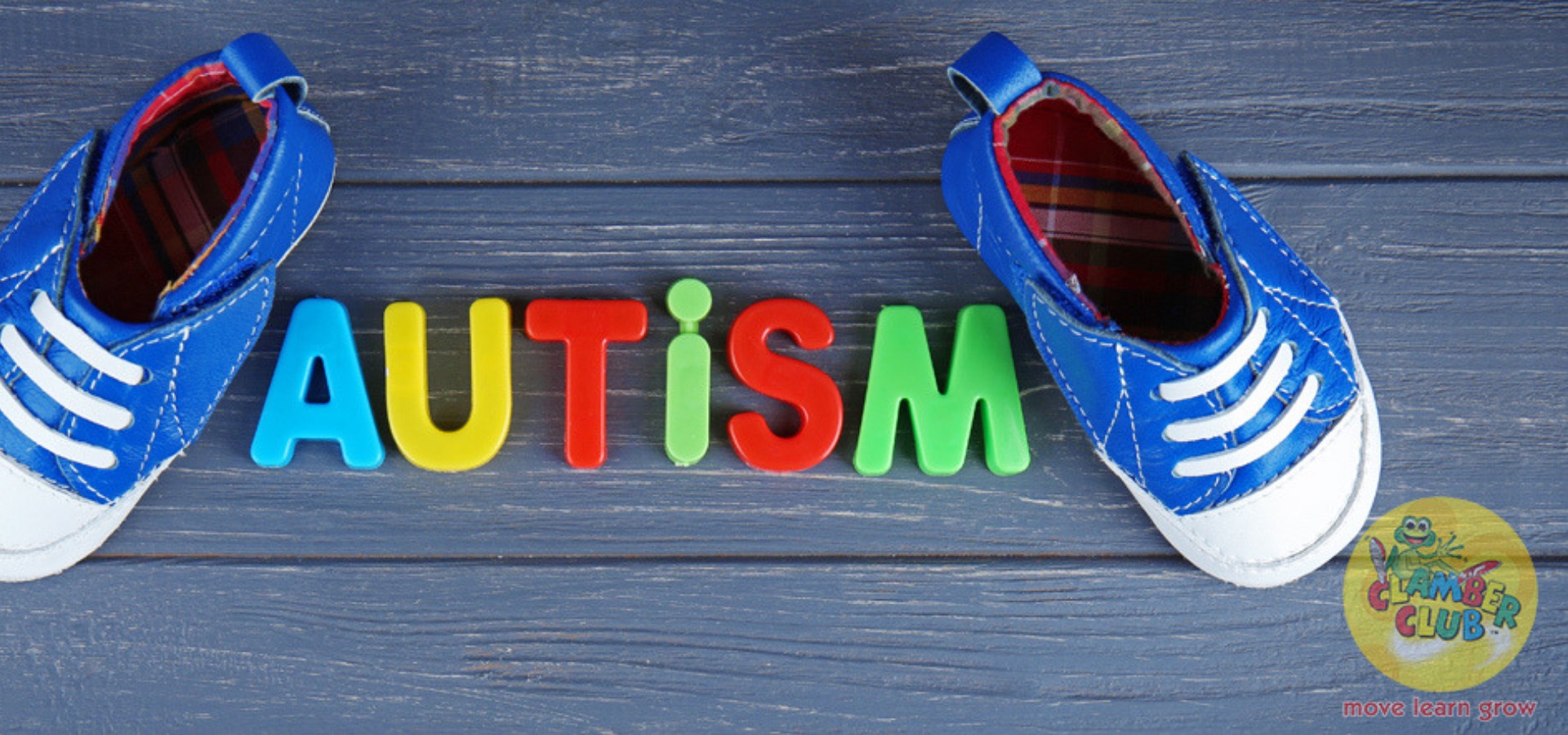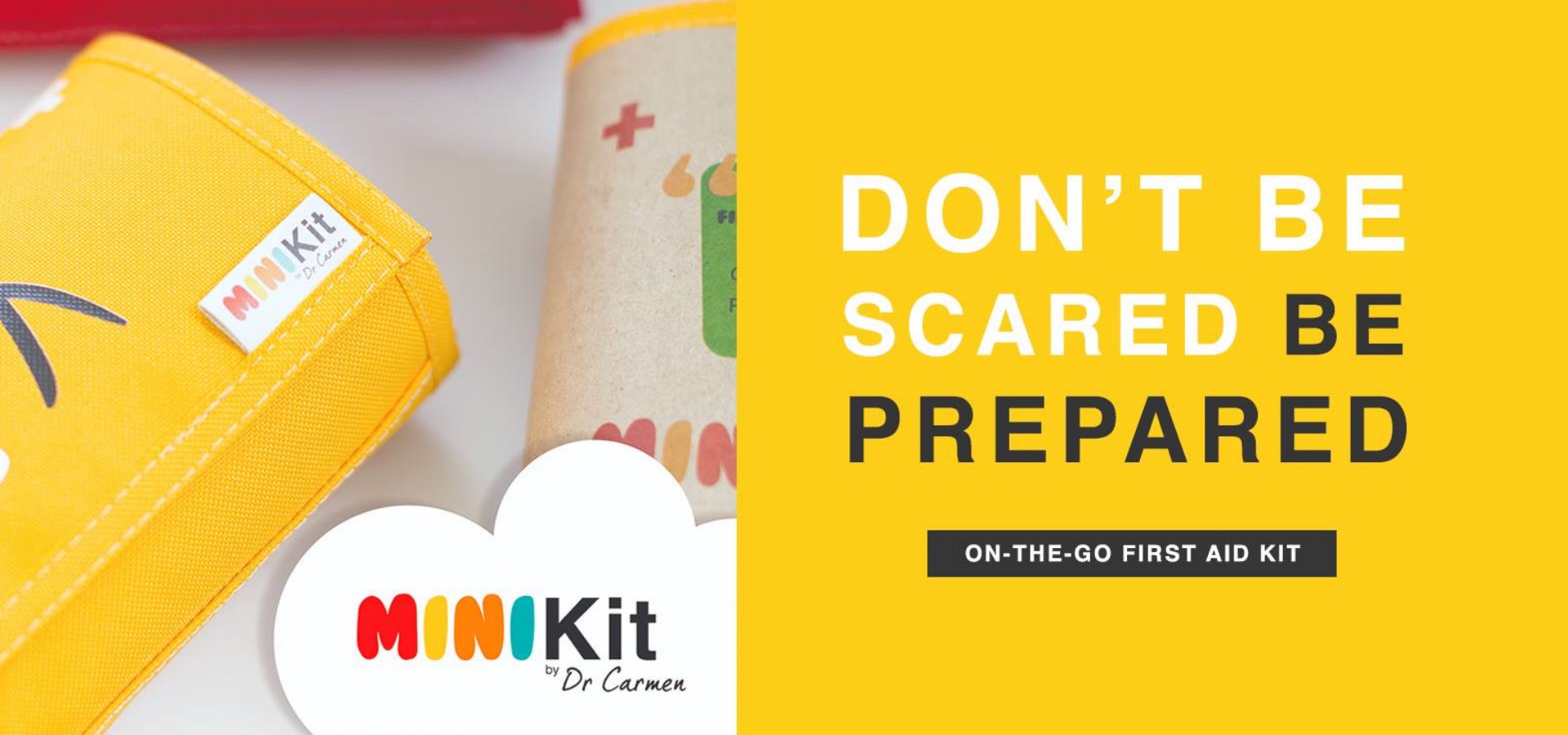
Gestational Diabetes: Reasons, risks and recovery
Kathy Malherbe speaks to the clinical team at Bonitas Medical Fund to get some insights on Gestational Diabetes (GDM) and tells the story of mother-of-two, Theresa’s (36) experience with Gestational Diabetes. Diabetes is a condition whereby your body is unable, in varying degrees, to produce or respond to the hormone insulin. This causes abnormal metabolism of carbohydrates and elevated levels of glucose in the blood. Diabetes is commonly divided into four types: Type 1, Type 2 (often lifestyle related,) Gestational Diabetes and Diabetes Mellitus. Normally when you eat, your blood sugar rises. The pancreas, a gland deep in your abdomen, releases a hormone called insulin. It helps move sugar from your blood into your cells for energy and storage. In a non-diabetic person, the blood sugar will go back down to normal after eating. What is Gestational Diabetes? Gestation comes from theLatin gestare, which means ‘to bear’ or ‘give birth to’. Medically speaking it is the period between conception and birth. There are two types of Gestational Diabetes. Women with class A1 can manage it through diet and exercise. Those who have class A2 need to take insulin or other medications. Gestational Diabetes usually goes away after you give birth. But it can affect your baby’s health, and it raises your risk of getting Type 2 diabetes later in life Unlike Type 1 diabetes, Gestational Diabetes is not caused by a lack of insulin but by other hormones produced during pregnancy that can make insulin less effective, a condition referred to as insulin resistance. Gestational Diabetic symptoms disappear following delivery. Why does it develop? During pregnancy, your placenta makes hormones that cause glucose to build up in your blood and produces a hormone called the Human Placental Lactogen (HPL). HPL breaks down fats from the mother to fuel the growth of the baby. Usually, your pancreas can send out enough insulin to handle it. But if your body can’t make enough insulin or stops using insulin as it should, your blood sugar levels rise and you get Gestational Diabetes. It can lead to insulin resistance and carbohydrate intolerance in the mother. Who is at risk? About 10% of pregnancies result in Gestational Diabetes. The causes are not known but the risk factors include: Age-older women High blood pressure, high cholesterol, heart disease Obesity Not exercising Immediate family history of diabetes History of Gestational Diabetes in a previous pregnancy Have had a miscarriage or a stillborn baby Polycystic Ovarian Syndrome It is important to note that there is no definitive way to prevent Gestational Diabetes. Even mothers who have had Gestational Diabetes in a previous pregnancy may not get it with a later pregnancy. Warning Signs of Gestational Diabetes Sugar in the urine Unusual thirst Frequent urination Fatigue Nausea Blurred vision Vaginal, bladder and skin infections. When and how is it detected? In most cases, Gestational Diabetes develops in the second or third trimester (from week 14 to the birth) and disappears after the baby is born. A screening or finger prick blood test can be done at a clinic or pharmacy to give you a snapshot of your blood sugar levels. However, a formal diagnosis requires a blood test and sometimes this will need to be repeated. Gestational Diabetes is detected by using an oral glucose tolerance test (OGTT) or a random blood glucose test. The OGTT test is done by a nurse or doctor taking a blood sample from your vein to test the blood sugar levels. Then you will drink a glass of water mixed with glucose. An hour later you will have another blood test. Your blood glucose level should rise after you finish the sugary drink, then go back to normal, as insulin moves glucose into your cells. If it takes too long to go back to normal you could have diabetes. What the test shows The blood glucose is measured in milligrams per deciliter (mg/dL). Two hours after you finish the glucose drink, this is what your results mean: Below 140 mg/d: Normal blood sugar (7.8mmol) Between 140 and 199: impaired glucose tolerance or prediabetes (11mmol) 200 or higher: diabetes (11.1mmol) The random glucose blood test is carried out a couple of times to see if your glucose varies widely. If initially you are not diagnosed with Gestational Diabetes, the test may be repeated at around 24-28 weeks. What are the dangers? In many cases it can be controlled with a healthy diet and exercise but at least one in ten women will need their blood glucose levels controlled with medication. If your diabetes is not picked up during pregnancy it can cause risks at birth. The most prevalent is shoulder dystocia which is when the baby’s head gets stuck during the birth. This can cause: Fractures to the collarbone and arm Damage to the brachial plexus nerves. These nerves go from the spinal cord in the neck down the arm Lack of oxygen to the body (also called asphyxia). In the most severe cases, this can cause brain injury or even death It can also lead to babies being large for their gestational age which can result in birth complications How can you help yourself? By adhering to an eating programme that is healthy for you and for your baby including: Eat protein with every meal Include daily fruits and vegetables in your diet Limit or avoid processed foods Pay attention to portion sizes to avoid overeating Exercise regularly. Aim for at least 30 minutes of exercise 5 days a week. Just remember to speak to your doctor before starting any new exercises Don’t skip meals. To regulate your blood sugar levels, aim to eat a healthy snack or meal every 3 hours or so. Eating nutrient-dense foods regularly can help keep you satiated and stabilise blood sugar levels. Take your prenatal vitamins, including any probiotics, if they’re recommended by your doctor. Being diagnosed with Gestational Diabetes can be extremely stressful and dangerous to both mother and baby. It is imperative to have your blood glucose monitored during pregnancy. However, if you are tested regularly, stick to a healthy eating programme and exercise regularly,








































